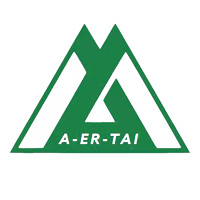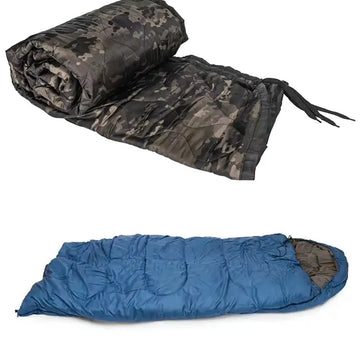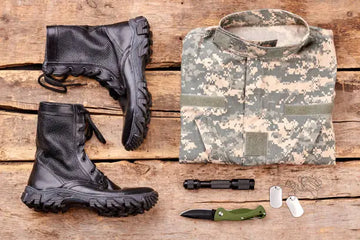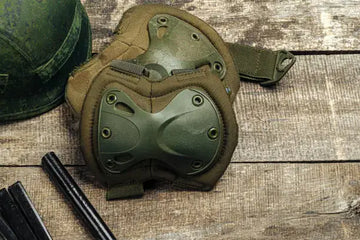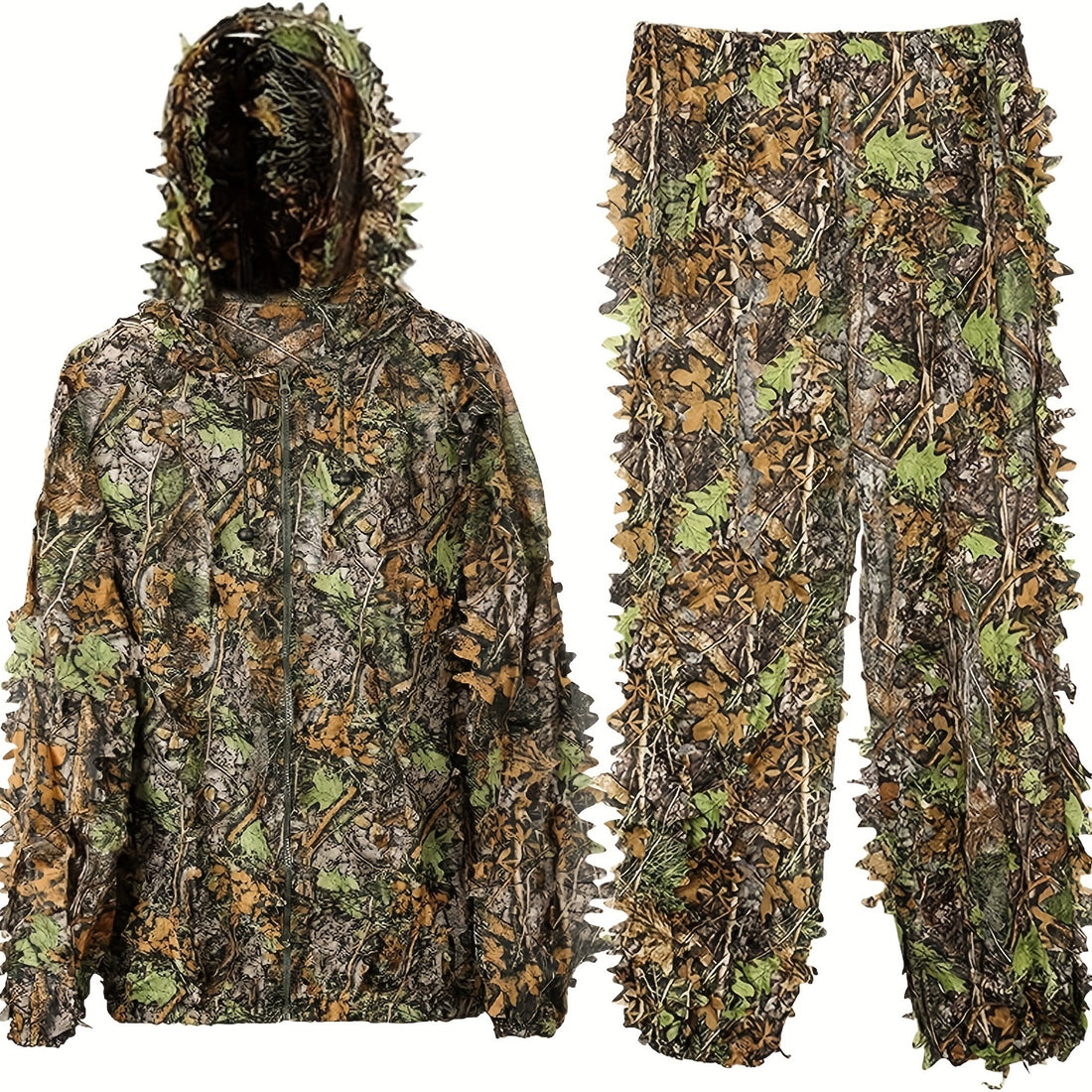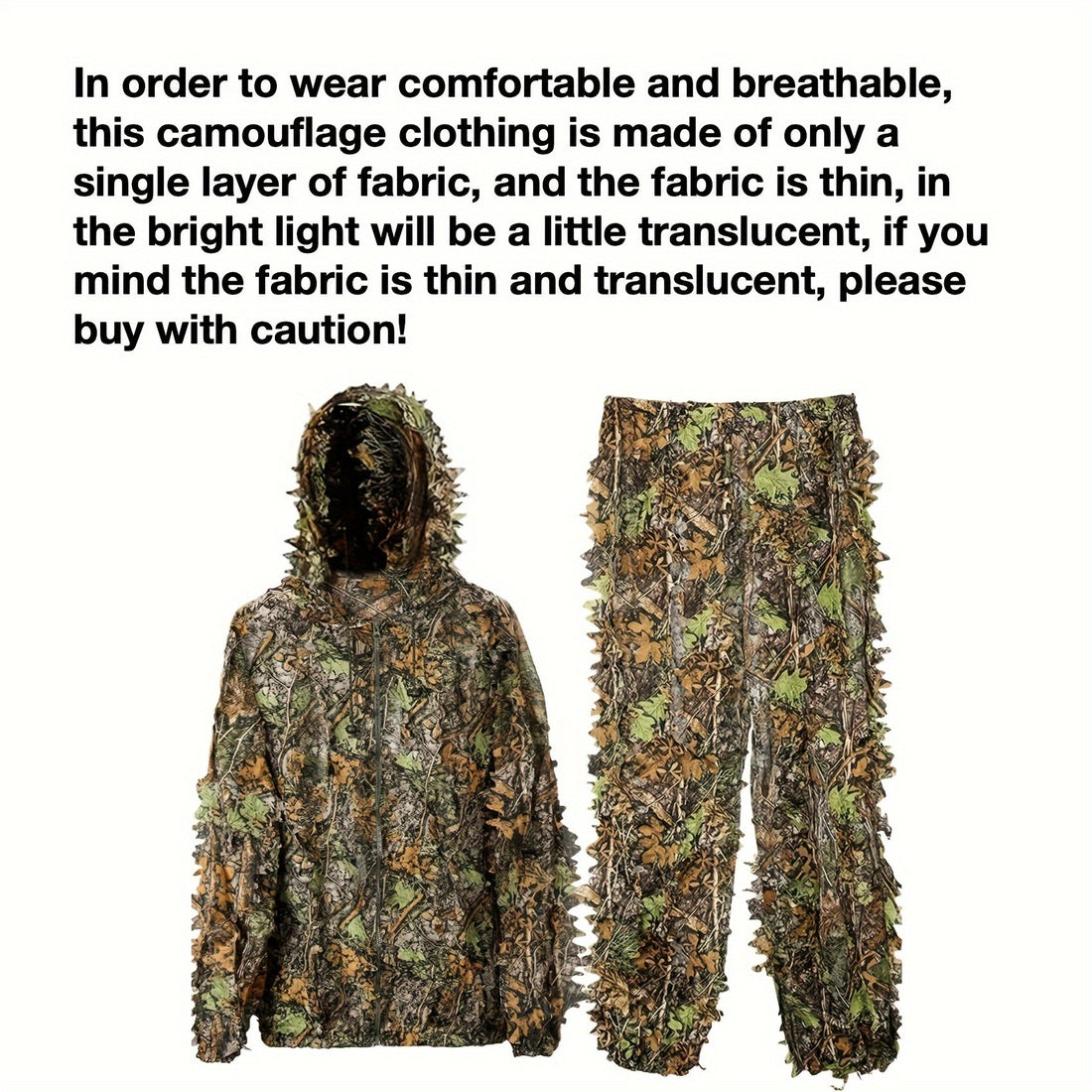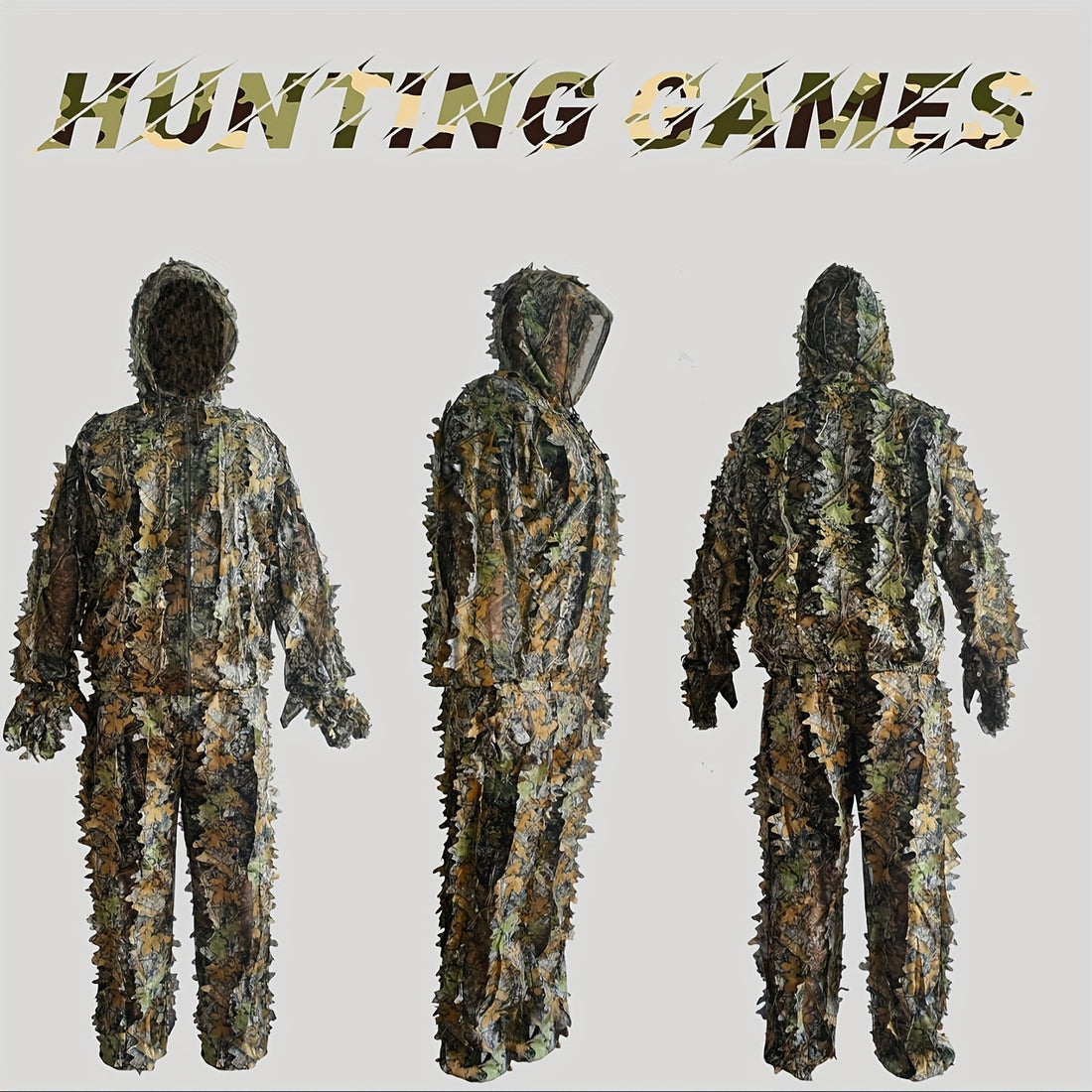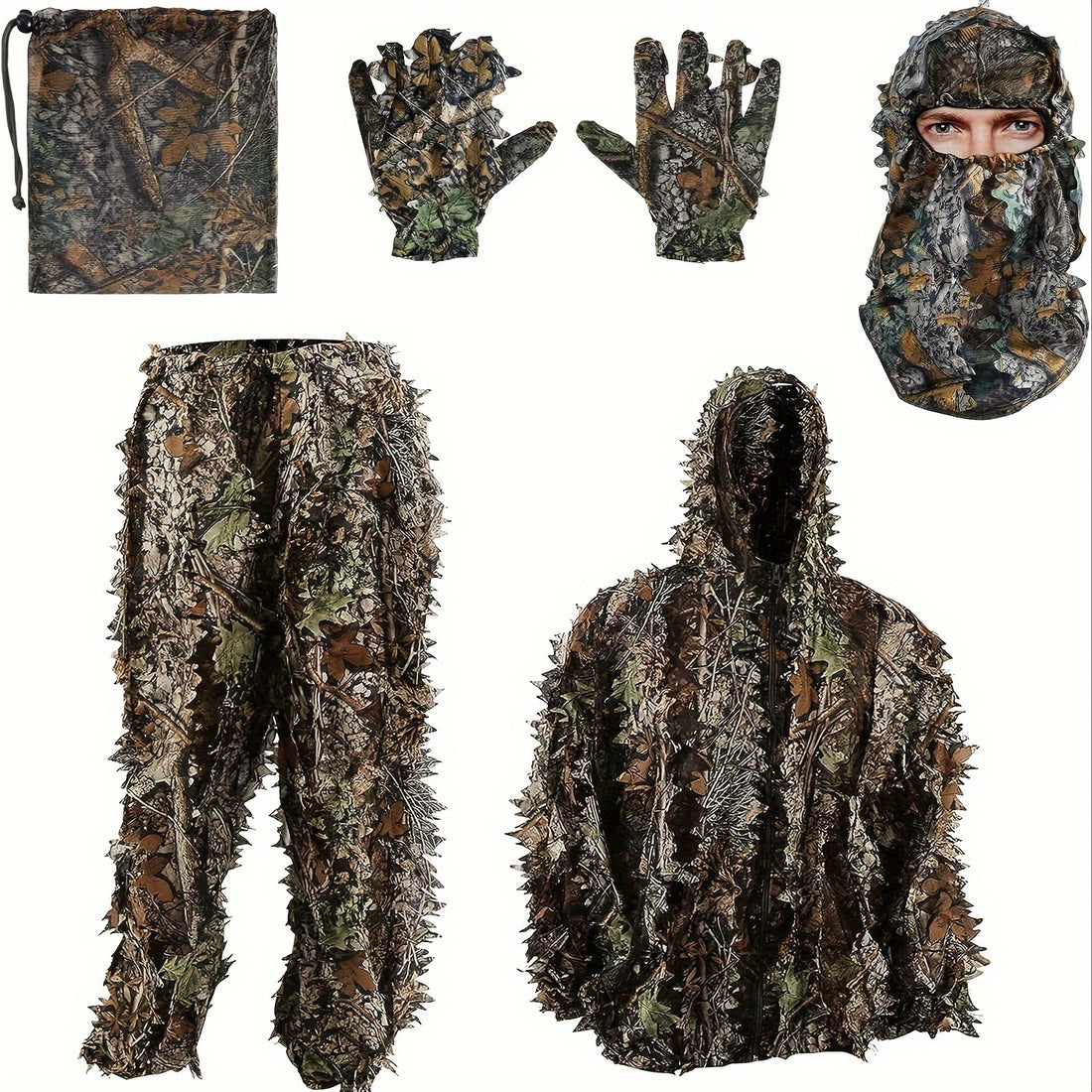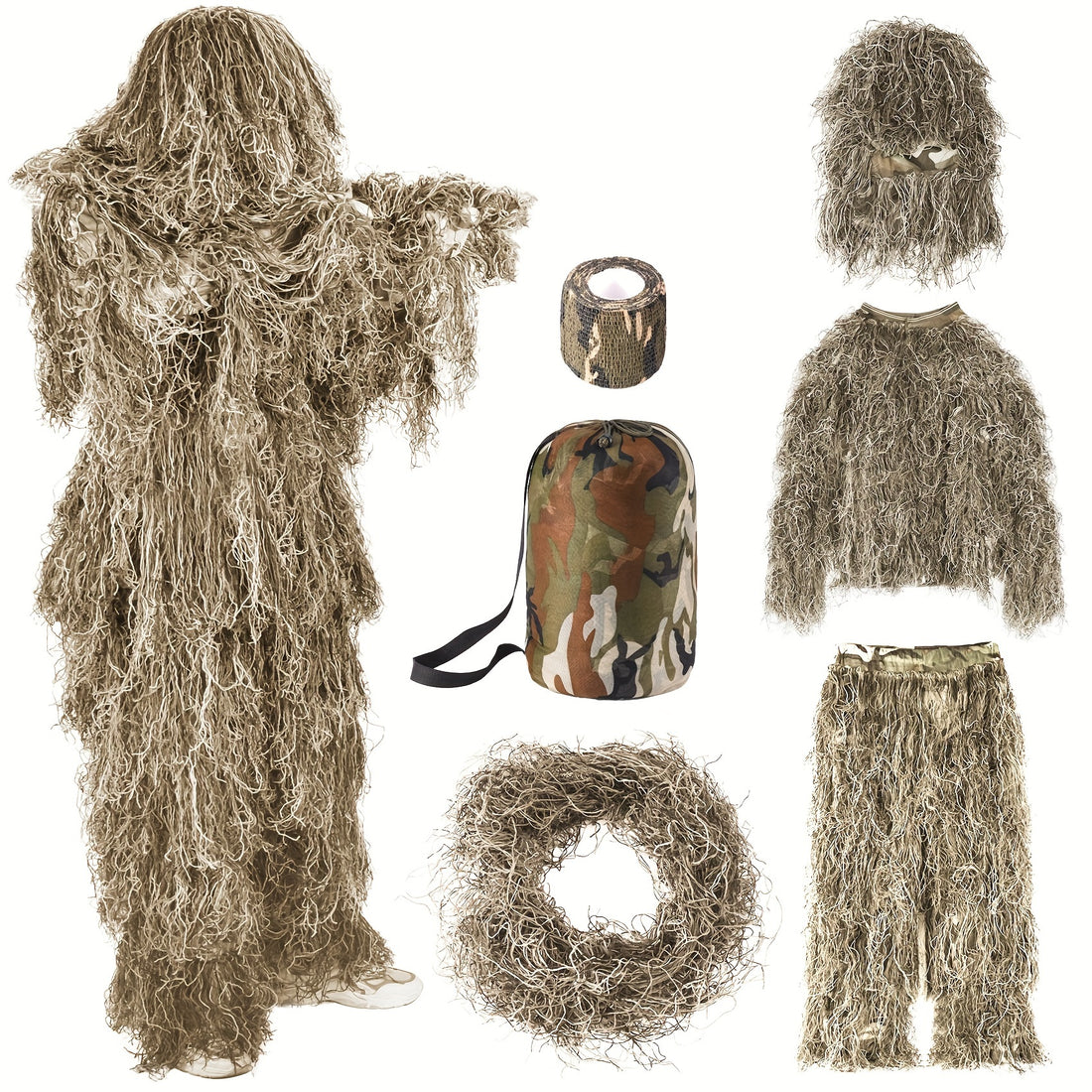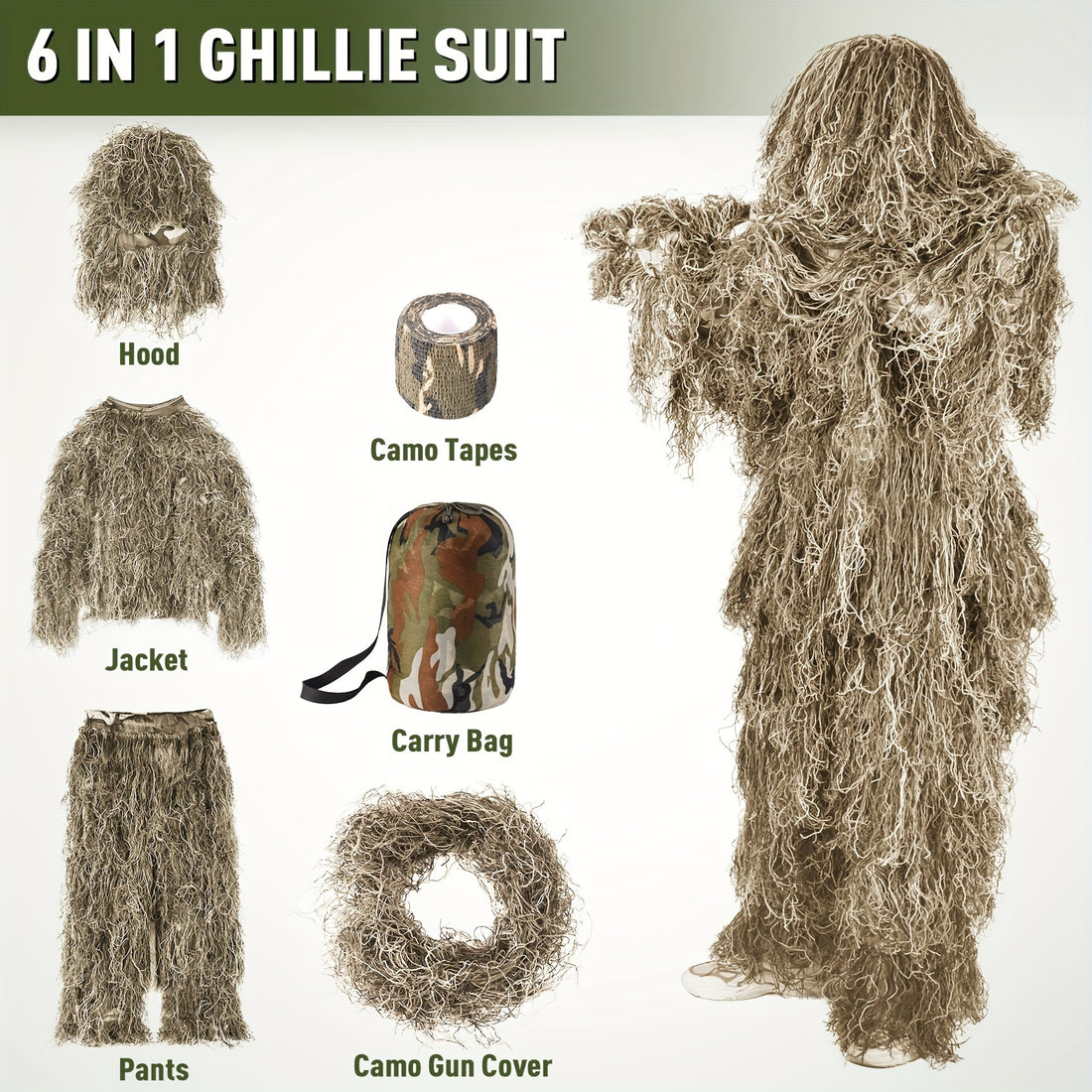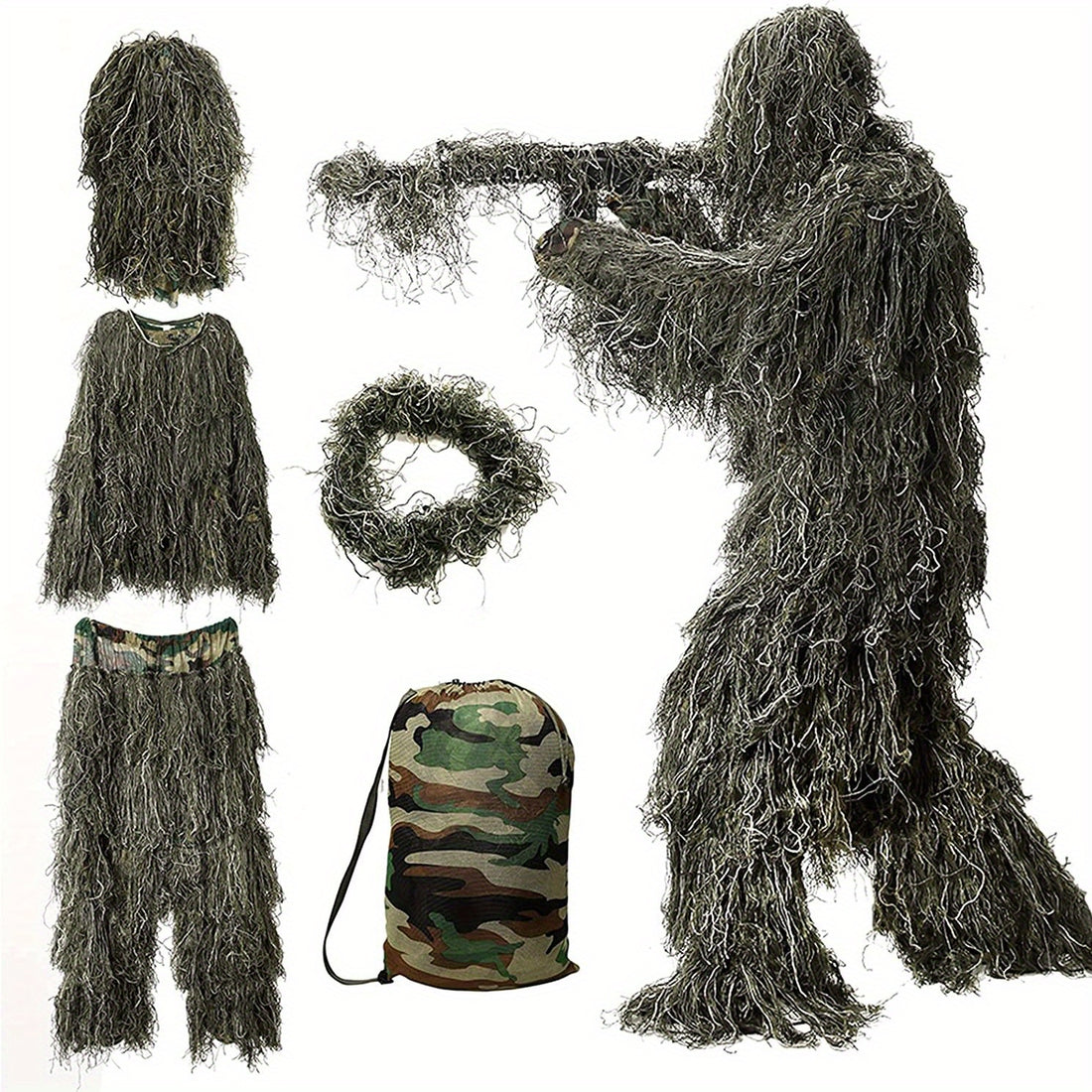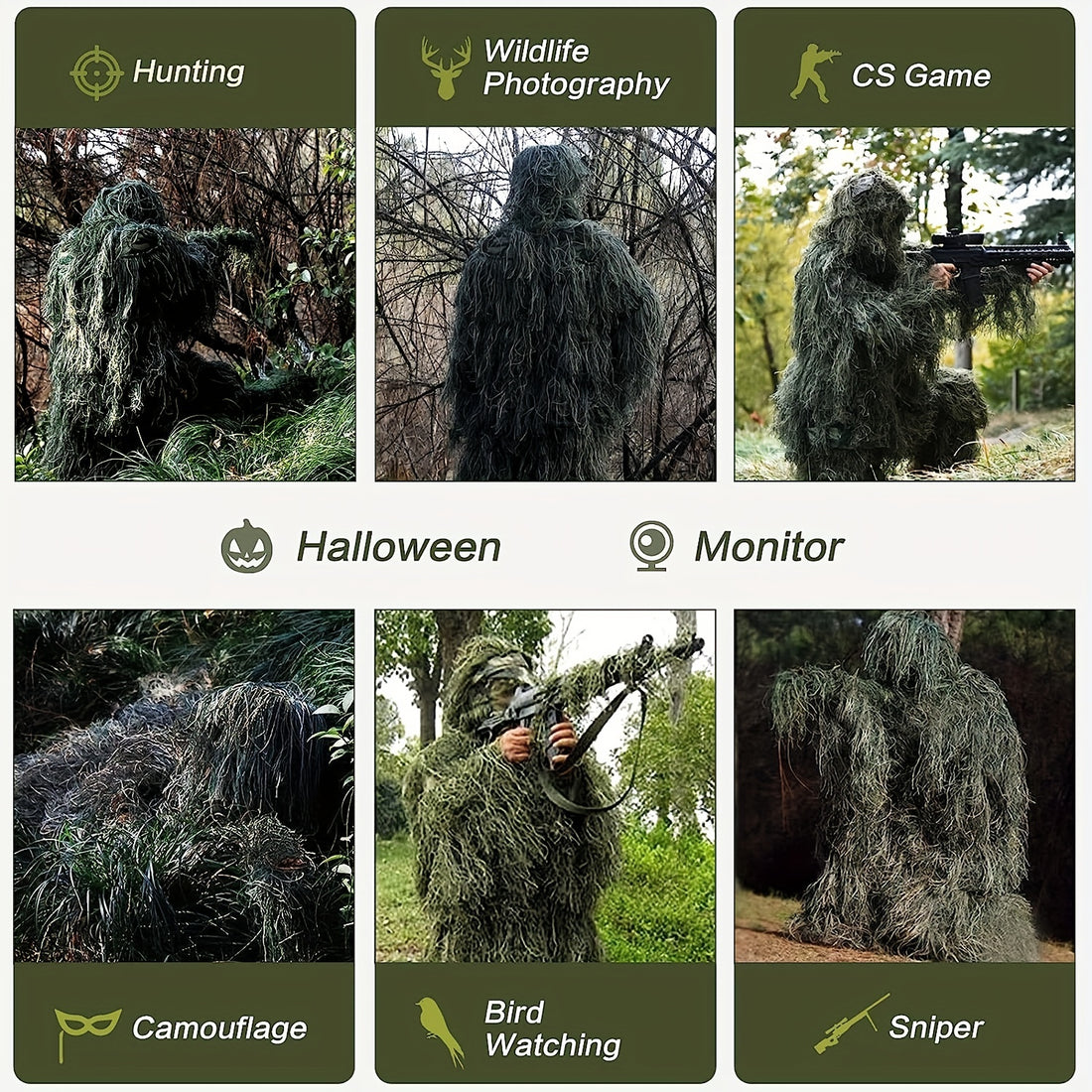In the world of tactical and outdoor gear, camouflage selection is driven by environment and need. Two patterns, A-TACS and Multicam, are often discussed for their effectiveness. It helps to understand their design philosophies and intended applications. Each represents a different approach to solving the problem of visual concealment.
This article provides an objective overview of both patterns, comparing their designs, development backgrounds, and the environments for which they were optimized.
Multicam: The Multi-Environment Solution
Multicam was developed by Crye Precision in the early 2000s in response to a U.S. military need for a pattern that could perform adequately across a wide range of global environments, from woodland to desert. Its design philosophy emphasizes versatility in transitional zones where one type of terrain blends into another.
- Design Principle: Multicam uses a combination of seven carefully chosen colors in organic shapes with soft, blurred edges. This creates a 3D-like depth of field and employs a vertical gradient—darker at the top, lighter at the bottom—to mimic natural shadows and highlights.
- Key Characteristic: Its strength is not being the best in any single environment, but being reasonably effective in many. It is designed to "fail gracefully" as the background changes.
- Licensing Note: Multicam is a proprietary pattern of Crye Precision. Its use on commercial products requires a licensing agreement, which is why you will see officially licensed gear alongside unlicensed "Multicam-inspired" products in the market.
- Common Variants: The original Multicam led to specialized offshoots like Multicam Arid (for desert), Multicam Tropic (for jungle), and Multicam Alpine (for snowy regions).

A-TACS: The Fractal-Based System
A-TACS (Advanced Tactical Concealment System) was introduced by Digital Concealment Systems in 2009. Its philosophy leans towards creating highly effective, environment-specific patterns using a distinct "fractal" design method.
- Design Principle: A-TACS patterns are built from thousands of small, pixelated elements ("micro patterns") that cluster together to form larger, organic shapes ("macro patterns"). The goal is to mimic the complex, textured appearance of natural surfaces like rocks, leaves, and soil at multiple distances.
- Key Characteristic: Rather than a single multi-environment pattern, the A-TACS system offers a family of patterns, each engineered for a specific biome. The intent is to provide optimal performance within that targeted environment.
- Common Variants: These include A-TACS FG (Field Green for temperate woodland), A-TACS AU (Arid Urban for desert/rock), A-TACS IX (a transitional pattern), and A-TACS LE (for urban/grey environments).

A-TACS vs Multicam: Comparing Design and Application
The core difference lies in their fundamental approach: Multicam seeks broad adaptability, while A-TACS offers specialized solutions.
| Feature | A-TACS (e.g., FG or AU) | Multicam (Original) |
| Primary Design Goal | High performance within a specific, defined environment. | Effectiveness across multiple, changing environments. |
| Pattern Methodology | Fractal-based pixel clusters forming macro shapes. | Organic shapes with soft edges and color gradients. |
| Typical Use Case | Mission-specific use where the operating environment is predictable. | General-purpose/patrol use where terrain may vary. |
| Variants Philosophy | Different patterns as part of a cohesive system for various biomes. | Different patterns for distinctly different biomes (Arid, Tropic). |
Practical Considerations for Selection
Choosing between these patterns—or any camouflage—depends on answering a few key questions:
1. What is your primary environment? If you operate 90% of the time in a dense, green deciduous forest, a dedicated pattern like A-TACS FG may offer a concealment advantage. If your activities constantly shift between fields, light woods, and brush, Multicam's versatility is a logical choice.
2. What is your use case?
- Hunting: Many hunters prefer environment-specific patterns (like A-TACS or Multicam Tropic) for stationary concealment in a known area.
- Airsoft/MilSim: Both are popular. Choice may depend on field terrain or team requirements.
- General Outdoor Use: For hiking or camping, where photography or style might also be a factor, the decision is less critical and can come down to personal preference.
3. What about other options? It's important to remember that both are just two systems among many effective patterns (e.g., MARPAT, Pencott, Flecktarn). The best camouflage is the one that most closely matches the specific colors, contrast, and texture of your background at that time.
Conclusion
The debate between A-TACS and Multicam is more about matching a tool to a task. Multicam serves as a reliable multi-tool, while A-TACS patterns function more like specialized instruments.
For the end-user, the most effective choice is driven by an honest assessment of where and how the gear will be used. Knowing the design intent behind each pattern allows for a more informed decision.
